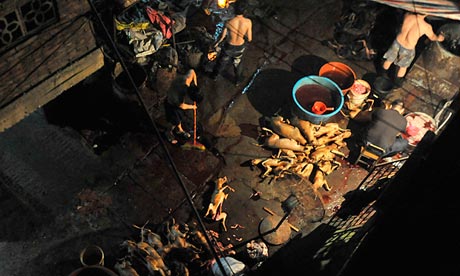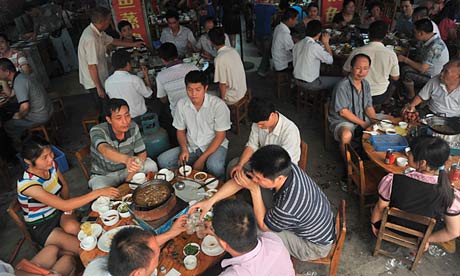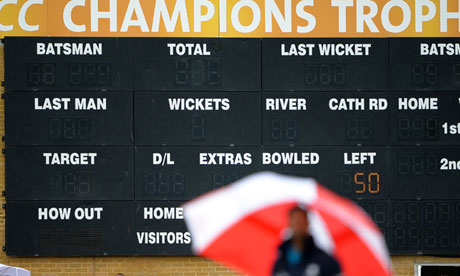The pasmanda’s quest for empowerment will help democratise Indian Islam and deepen democracy in the country
‘Pasmanda’, a Persian term meaning “those who have fallen behind,” refers to Muslims belonging to the shudra (backward) and ati-shudra (Dalit) castes. It was adopted as an oppositional identity to that of the dominant ashraf Muslims (forward castes) in 1998 by the Pasmanda Muslim Mahaz, a group which mainly worked in Bihar. Since then, however, the pasmanda discourse has found resonance elsewhere too.
The dominant perception is that Islam is an egalitarian religion and that Indian Muslims on the whole, especially in the post-Sachar scenario, are a marginalised community. The pasmanda counter-discourse takes issue with both these formulations. In terms of religious interpretation, Masood Falahi’s work Hindustan mein Zaat Paat aur Musalman (2006) has convincingly demonstrated how the notion of kufu (rules about possible marriage relations between groups) was read through the lens of caste by the ‘manuwadi’ ulema and how a parallel system of “graded inequality” was put into place in Indian Islam.
---------
----------
Caste-based disenfranchisement
As far as the social sphere is concerned, Ali Anwar’s Masawat ki Jung (2000) has documented caste-based disenfranchisement of Dalit and backward caste Muslims at the hands of self-styled ashraf leaders in community organisations like madrasas and personal law boards, representative institutions (Parliament and State Assemblies) and departments, ministries and institutions that claim to work for Muslims (minority affairs, Waqf boards, Urdu academies, AMU, Jamia Millia Islamia, etc). The book also underlines stories of humiliation, disrespect and violence on caste grounds that various pasmanda communities have to undergo on a daily basis, at least in northern parts of India.
Thus, pasmanda commentators contest the two key elements of mainstream ‘Muslim’ or ‘minority’ discourse —Islam as an egalitarian religion and Indian Muslims on the whole as an oppressed community. Islam may be normatively egalitarian but actual-existing Islam in Indian conditions is deeply hierarchical. Similarly, all Muslims are not oppressed, or not to the same degree, at any rate: Muslims are a differentiated community in terms of power, with dominant (ashraf) and subordinated (pasmanda) sections. Consequently, the so-called ‘minority politics’, which has been quite content in raising symbolic and emotional issues so far, is really the politics of dominant caste Muslims that secures their interests at the expense of pasmanda Muslims. Not surprisingly, a recurrent theme in pasmanda narratives is that minority politics has singularly failed to address the bread-and-butter concerns of the pasmanda Muslims, who constitute about 85 per cent of the Indian Muslim population and come primarily from occupational and service biradaris.
The notion of ‘minority’ and ‘majority’ communities in India — read primarily in terms of religious identity — is of modern origin and linked with the emergence and consolidation of a hegemonic secular nation-state project. In this sense, while ‘secular’ nationalism becomes the locus of legitimate power and violence, Hindu and Islamic nationalisms become the sites of illegitimate power. The seemingly epic battles that are constantly fought within this conceptual framework — around communal riots or ‘Hindu’/‘Islamic’ terror more recently in the post-9/11 world — have been instrumental in denying a voice to subordinated caste communities across religions and in securing the interests of ‘secular,’ Hindu or Muslim elites respectively. In this sense, the pasmanda articulation has highlighted the symbiotic nature of majoritarian and minoritarian fundamentalism and has sought to contest the latter from within in order to wage a decisive battle against the former. As Waqar Hawari, a pasmanda activist, says: “While Muslim politicians like Imam Bukhari and Syed Shahabuddin add the jodan [starter yoghurt], it is left to the Hindu fundamentalists to prepare the yoghurt of communalism. Both of them are responsible. We oppose the politics of both Hindu and Muslim fanaticism.”
Faith and ethnicity
The structures of social solidarity that pasmanda activists work with are deeply influenced by the entangled relation between faith and ethnicity. The domains of Hinduism and Islam are quite complex, with multiple resources and potentialities possible: in various ways they exceed the ‘Brahminism’ and ‘Ashrafism’ that have come to over-determine them over time. On the one hand, the pasmanda Muslims share a widespread feeling of ‘Muslimness’ with the upper-caste Muslims, a solidarity which is often parochialised by internal caste and maslak-based (sectarian) contradictions. On the other hand, pasmanda Muslims share an experience of caste-based humiliation and disrespect with subordinated caste Hindus, a solidarity which is equally interrupted by the discourse around religious difference incessantly reproduced by upper caste institutions. Since the express object of the pasmanda movement has been to raise the issue of caste-based exclusion of subordinate caste Muslims, it has stressed on caste-based solidarity across religions. As Ali Anwar, the founder of Pasmanda Muslim Mahaz, says: “There is a bond of pain between pasmanda Muslims and the pasmanda sections of other religions. This bond of pain is the supreme bond … That is why we have to shake hands with the pasmanda sections of other religions.”
This counter-hegemonic solidarity on caste lines is effectively encapsulated in the pasmanda slogan ‘Dalit-Pichda ek saman, Hindu ho ya Musalman’ (All Dalit-backward castes are alike, whether they be Hindu or Muslim). At the same time, birth-based caste distinctions are sought to be transcended from the vantage point of an egalitarian faith: “We are not setting the Dalit/Backward Caste Muslims against the so-called ashraf Muslims. Our movement is not directed against them. Rather, we seek to strengthen and empower our own people, to enable them to speak for themselves and to secure their rights and justice … We welcome well-meaning people of the so-called ashraf background … who are concerned about the plight of our people to join us in our struggle.” It is in the midst of such complex negotiations, the punctuated nature of faith and caste-based solidarities, that the pasmanda emerges as a political factor.
Overall, pasmanda politics has relied on transformative constitutionalism and democratic symbolism to attain its social justice goals — the deepening of existing affirmative action policies, adequate representation of pasmanda Muslims in political parties, state support for cottage and small-scale industries, democratisation of religious institutions and interpretative traditions, etc. Obviously, it confronts all the challenges that any counter-hegemonic identity movement faces in its formative phases: lack of resources and appropriate institutions, cooption of its leaders by state and other dominant ideological apparatuses, lack of relevant movement literature, internal power conflicts, and so on. Also, as Rammanohar Lohia said: “The policy of uplift of downgraded castes and groups is capable of yielding much poison. A first poison may come out of its immediate effects on men’s minds; it may speedily antagonise the Dvija without as speedily influencing the Sudras. With his undoubted alertness to developments and his capacity to mislead, the Dvija may succeed in heaping direct and indirect discredit on the practitioners of this policy long before the Sudra wakes up to it.” These are the challenges that the pasmanda activists face while confronting the ashrafiya-dominated minority politics. However, their struggle for a post-minority politics is on and one hopes it will democratise Indian Islam in the long run by triggering a process of internal reform. The pasmanda critique of the majority-minority or the secular-communal dyad will also contribute to a democratic deepening that will benefit all of India’s subaltern communities in the long run.
(Khalid Anis Ansari is a PhD candidate at the University of Humanistic Studies, Utrecht, The Netherlands. He also works with The Patna Collective, New Delhi, and engages with the pasmanda movement as an interlocutor and knowledge-activist. Email: khalidanisansari@gmail.com)

 Dog meat being prepared for sale in Yulin, Guangxi province. Photograph: Quirky China News/Rex Features
Dog meat being prepared for sale in Yulin, Guangxi province. Photograph: Quirky China News/Rex Features Chinese diners tuck into dog-meat hotpot in a restaurant in Yulin, Guangxi province. Photograph: Imaginechina/Rex Features
Chinese diners tuck into dog-meat hotpot in a restaurant in Yulin, Guangxi province. Photograph: Imaginechina/Rex Features


